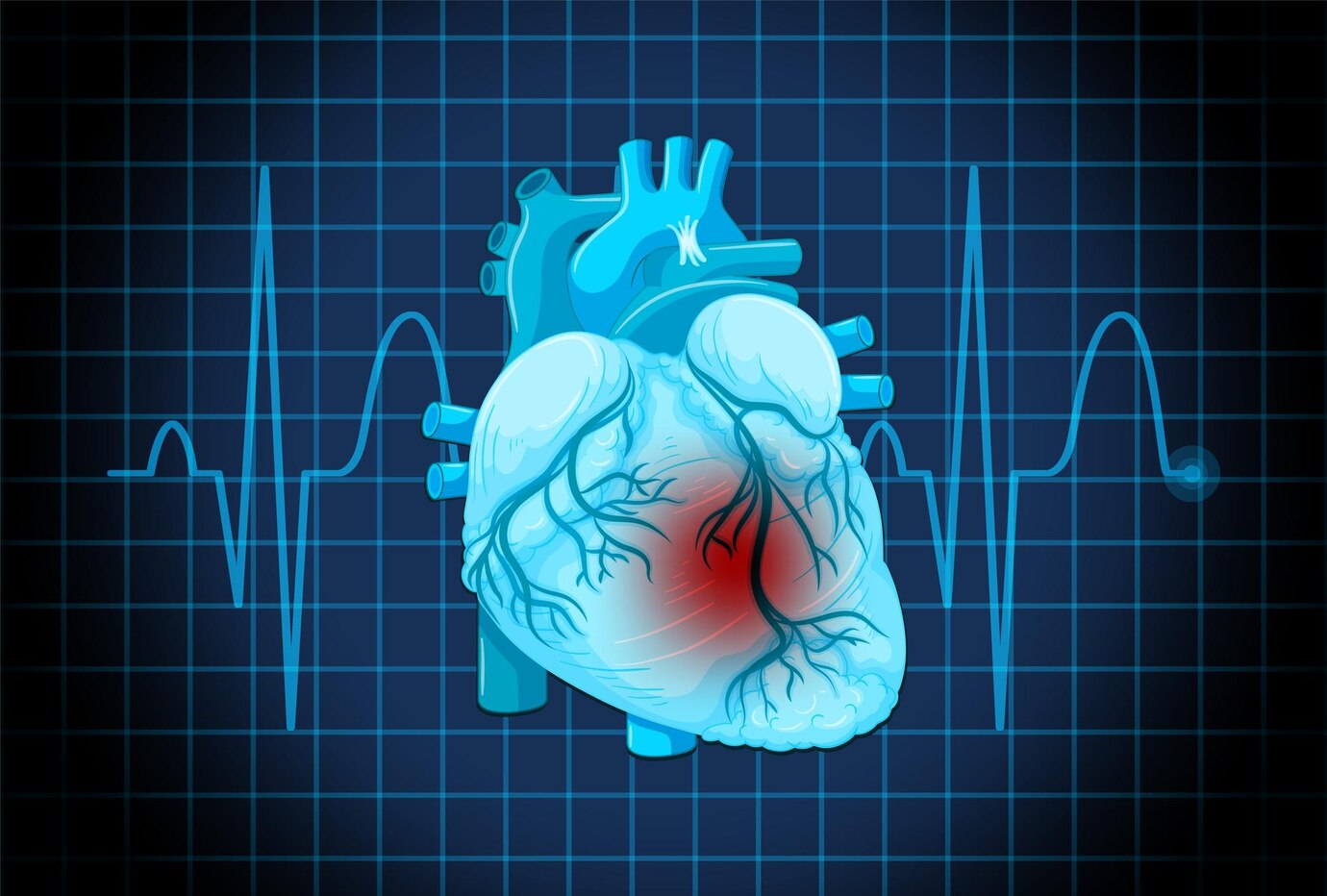
Coronary Heart Disease Diagnostic Imaging Devices Market Overview
The coronary heart disease (CHD) diagnostic imaging devices market is witnessing steady and sustained growth, projected to expand at a CAGR of approximately 7% during the forecast period. This momentum is driven by a combination of demographic, clinical, and technological factors that are reshaping the global healthcare landscape.
Download pdf Brochure: https://meditechinsights.com/coronary-heart-disease-diagnostic-imaging-devices-market/request-sample/
With coronary heart disease continuing to remain one of the most significant contributors to morbidity and mortality worldwide, the demand for accurate, non-invasive, and efficient diagnostic imaging solutions is rising rapidly. The increasing prevalence of sedentary lifestyles, escalating obesity levels, rising cases of diabetes and hypertension, and the growing geriatric population further amplify the burden of CHD, creating an urgent need for advanced diagnostic tools capable of detecting the disease early and precisely.
Healthcare systems across the globe are increasingly shifting toward early disease detection and preventive care models. This shift has positioned diagnostic imaging devices as a critical component of cardiovascular disease management. Additionally, continuous advancements in imaging technologies—including improved image resolution, integration of artificial intelligence, automated image interpretation, and the development of portable systems—are strengthening the role of imaging devices in improving diagnostic accuracy and clinical efficiency. Rising investments in cardiovascular research and supportive government initiatives aimed at strengthening cardiac care infrastructure further enhance market growth prospects.
Report Overview
Coronary Heart Disease diagnostic imaging devices are essential medical tools designed to capture high-quality images of the heart, enabling clinicians to assess heart structure, blood flow, and vessel conditions. CHD occurs due to plaque accumulation in the coronary arteries, leading to restricted blood supply and increased risk of heart attack. Imaging technologies such as X-ray imaging, CT angiography, cardiac MRI, echocardiography, and nuclear imaging allow specialists to visualize coronary arteries, detect blockages, measure perfusion, and diagnose structural abnormalities. These technologies support not only initial diagnosis but also disease monitoring, treatment planning, and post-procedure evaluations.
The versatility of CHD imaging devices makes them vital across multiple clinical scenarios, including emergency care, chronic disease management, screening programs, and long-term monitoring. Their integration with digital platforms, PACS systems, cloud-based storage, and AI-driven analytics enhances their capabilities, enabling quicker and more accurate interpretation of cardiovascular conditions. As the burden of CHD continues to increase globally, diagnostic imaging devices are expected to play a central role in improving patient outcomes and reducing long-term healthcare costs.
Growing Demand for Non-Invasive Diagnostic Techniques Fuels Market Expansion
There is a significant global shift toward non-invasive diagnostic approaches, especially for complex and high-risk conditions such as coronary heart disease. Modern non-invasive techniques offer unparalleled precision while eliminating the risks associated with invasive catheter-based angiography. CT Coronary Angiography (CCTA), cardiac MRI, echocardiography, and nuclear imaging have become preferred methods for initial diagnosis and monitoring due to their ability to provide detailed anatomical and functional information.
Technological enhancements such as improved CT detector technologies, faster scanning capabilities, high-field MRI systems, and AI-enabled image processing have made non-invasive imaging more accurate, reliable, and accessible. These techniques reduce patient discomfort, lower hospitalization rates, and minimize recovery time, making them ideal for both routine screenings and advanced cardiovascular assessments. Additionally, with rising awareness of early diagnosis, increasing healthcare spending, and growing adoption of AI-powered tools, the demand for non-invasive CHD imaging is expected to accelerate significantly.
Rising Prevalence of Coronary Heart Disease Drives Market Growth
Coronary heart disease remains the leading cause of death globally, with WHO estimating nearly 9 million deaths annually. The rising incidence is fueled by aging populations, lifestyle changes, increased stress, lack of physical activity, unhealthy dietary habits, obesity, and rising cases of diabetes and hypertension. As CHD often progresses silently, many patients remain undiagnosed until the disease has advanced, making early detection crucial.
Diagnostic imaging devices play a vital role in identifying early symptoms, assessing disease progression, and supporting clinical decision-making. They also aid in evaluating the effectiveness of treatments such as angioplasty, stenting, and medication therapy. With growing public health initiatives promoting cardiovascular health and widespread awareness campaigns focusing on early diagnosis, the market for CHD imaging devices is expected to expand as healthcare systems prioritize proactive disease management.
Competitive Landscape Analysis
(Provide bullet list after content—awaiting your instruction)
Market Drivers
Rising prevalence of coronary heart diseases
Technological advancements in imaging devices
Growing demand for non-invasive diagnostic techniques
Rising awareness and early diagnosis of coronary heart disease
Increased R&D investments and grants for cardiovascular research
Attractive Opportunities
Rising investment in advanced imaging technologies and AI-driven diagnostics
Integration of AI and machine learning in imaging
Development of portable & wearable imaging devices
Global Coronary Heart Disease Diagnostic Imaging Devices Market Segmentation
This report by Medi-Tech Insights provides the size of the global coronary heart disease diagnostic imaging devices market at the regional- and country-level from 2023 to 2030. The report further segments the market based on modality and end user.
Market Size & Forecast (2023-2030), By Modality, USD Million
- Computed Tomography (CT)
- X rays Angiography (Fluoroscopy)
- Ultrasound (Echocardiography)
- Magnetic Resonance Imaging (MRI)
- Nuclear Imaging (PET & SPECT)
Market Size & Forecast (2023-2030), By End User, USD Million
- Hospitals
- Ambulatory Surgical Centers (ASCs)
- Diagnostic Imaging Centers
- Others
Key Request a free sample copy or view report summary: https://meditechinsights.com/coronary-heart-disease-diagnostic-imaging-devices-market/request-sample/
About Medi-Tech Insights
Medi-Tech Insights is a healthcare-focused business research & insights firm. Our clients include Fortune 500 companies, blue-chip investors & hyper-growth start-ups. We have completed 100+ projects in Digital Health, Healthcare IT, Medical Technology, Medical Devices & Pharma Services in the areas of market assessments, due diligence, competitive intelligence, market sizing and forecasting, pricing analysis & go-to-market strategy. Our methodology includes rigorous secondary research combined with deep-dive interviews with industry-leading CXO, VPs, and key demand/supply side decision-makers.